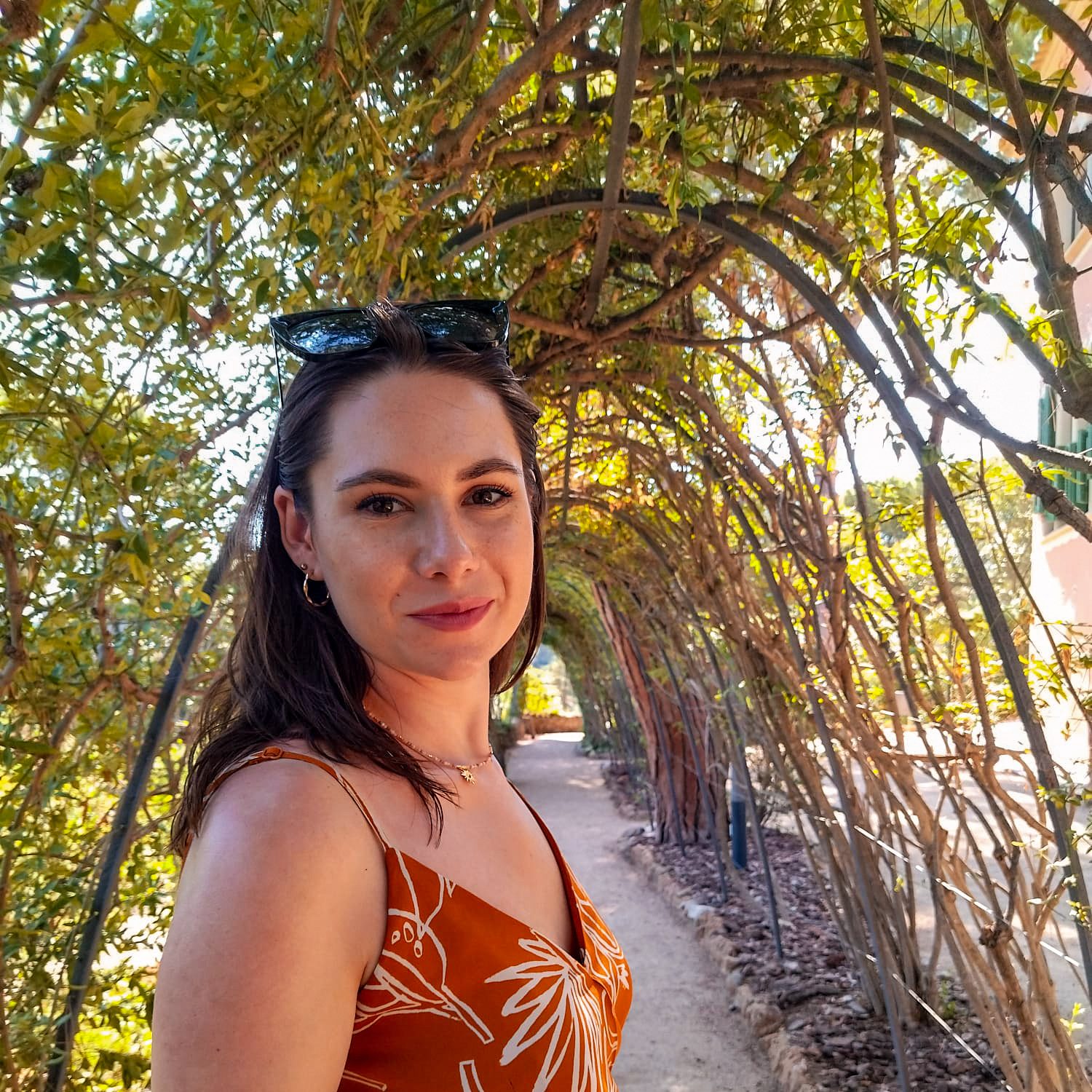
Our doctoral student from the Institute of Astronomy explores the mysteries of the stars
As a result of partaking in a recent competition held by the National Science Centre (NCN), Natalia Posiłek, who is a doctoral student of the Institute of Astronomy in the Faculty of Physics and Astronomy of the University of Wrocław, received PLN 170 190 from the 22nd edition of the Preludium competition to carry out a research project titled “Gwiazdy chemicznie osobliwe typu Am w obserwacjach spektroskopowych i fotometrycznych” (“Chemically peculiar Am stars in spectroscopic and photometric observations”).
People were always fascinated by stars, however, we still don’t fully understand their inner workings. One of the star types, which are particularly mysterious, are stars belonging to the Am-type. They have an unusual chemical composition, and what’s more, they pulsate. By researching these celestial bodies we can learn more about their structure and evolution.
Similarly to normal stars, the Am-type spend most of their life as main-sequence stars. Inside them however, complex processes take place, such as diffusion, convection and rotation, which affect the chemical composition of their atmospheres. These stars function like laboratories, where scientists can study how atomic diffusion, rotation, pulsation, magnetic field or binarity are related to each other. Understanding these stars not only makes us see how they change over time, but also allows us to learn more about the evolution of chemical components in our galaxy.
For a long time, scientists tried to answer questions about the Am-type stars. Why do only some of them pulsate? What makes them different from the Am-type stars that do not pulsate? Do temperature, rotation and being in a binary system affect the pulsation? Recent observations suggest that pulsating Am-type stars can be found only in a certain temperature range. However, we still don’t know how specifically atmospheric properties, chemical abundances, rotation, binarity and pulsations are related to each other.
Our researcher explains:
“As a part of this project, we are aiming at solving the mysteries of the Am-type stars by means of thorough research. We are using spectroscopic analysis and photometric time series. We hope that this will prove already existing theories and that we will find new connections. We want to understand the differences in Am-type stars’ chemical composition, how the pulsation works and study their overall chemical composition.”
Studying the light emitted from Am-type stars requires a lot of time and effort, but it results in gaining precise information about their atmospheres. We can learn a lot about their unique characteristics by analyzing the light produced by a number of these stars. Combining this information with data on changes in brightness over time will help identify more pulsating Am-type stars and better understand how they work.
Our doctoral student from the Institute of Astronomy explains further:
“These studies matter not only for the understanding of stars. By researching a number of Am-type stars and expanding our knowledge about them, we can also learn about other physical processes, such as interaction between gravity and radiation. Using various approaches, we are hoping to help uncover the pulsation mechanisms of Am-type stars. The discovery of these mechanisms will not only enhance our knowledge of the Universe, but also inspire us to ask more questions and help us better understand how stars change over time.”
Read here about what projects by the scientists of the University of Wrocław will receive funding under the Preludium and OPUS competitions by the National Science Centre:
Translated by Karolina Szmidla (student of English Studies at the University of Wrocław) as part of the translation practice.



